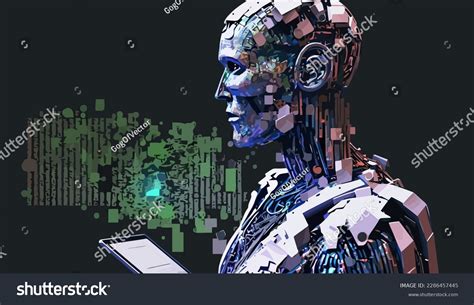Artificial Intelligence-Powered Risk Assessment for Blockchain Projects
The rapid growth of blockchain technology has led to a surge in the development and deployment of various blockchain-based projects. However, as the complexity of these projects increases, so does the risk of errors, security breaches, and regulatory compliance issues. Traditional risk assessment methods, such as manual surveys and audits, can be time-consuming and resource-intensive, making it challenging to identify potential risks in a timely manner.
To mitigate this risk, blockchain companies are turning to AI-powered risk assessment tools that utilize machine learning algorithms to analyze large datasets and identify potential vulnerabilities. These tools can help organizations make more informed decisions about their projects, reduce the likelihood of costly errors, and ensure compliance with regulatory requirements.
What is Blockchain Risk Assessment?
Blockchain risk assessment refers to the process of analyzing the potential risks associated with a blockchain project, including security threats, regulatory compliance issues, and operational challenges. This assessment involves evaluating various factors, such as:
- Technical vulnerabilities: Identifying weaknesses in the project’s codebase, architecture, or infrastructure.
- Regulatory compliance: Ensuring that the project meets relevant regulations, such as anti-money laundering (AML) and know-your-customer (KYC) requirements.
- Operational risks: Analyzing potential issues related to supply chain management, data storage, and network security.
How AI-Powered Risk Assessment Works
AI-powered risk assessment tools use machine learning algorithms to analyze large datasets from various sources, including:
- Data feeds: Real-time data streams from the blockchain platform, including transaction logs, network metrics, and regulatory reports.
- Knowledge graphs: Databases that contain information about blockchain projects, including their technical specifications, regulatory requirements, and operational best practices.
These algorithms then use this data to identify patterns and relationships that may indicate potential risks. For example:
- Predictive modeling: Machine learning models can forecast the likelihood of security breaches or regulatory non-compliance based on historical trends and project characteristics.
- Anomaly detection: AI-powered systems can detect unusual behavior in real-time, indicating potential issues with network performance, transaction volume, or user activity.
Benefits of AI-Powered Risk Assessment
The use of AI-powered risk assessment tools offers several benefits for blockchain projects, including:
- Improved accuracy: AI algorithms reduce the likelihood of human error and improve overall accuracy.
- Increased speed: Automated analysis enables organizations to identify potential risks faster and respond more effectively.
- Enhanced decision-making: Data-driven insights empower project teams to make informed decisions about risk mitigation strategies.
Implementation Strategies
To successfully implement AI-powered risk assessment tools, organizations should consider the following strategies:
- Data collection: Gather comprehensive data from various sources, including blockchain platforms, regulatory reports, and technical documentation.
- Data integration
: Integrate data feeds and knowledge graphs to create a unified understanding of project risks.
- Model training

: Train machine learning models on historical data to improve their accuracy and adaptability.
- Continuous monitoring: Monitor the performance of AI-powered risk assessment tools to ensure they remain effective over time.
